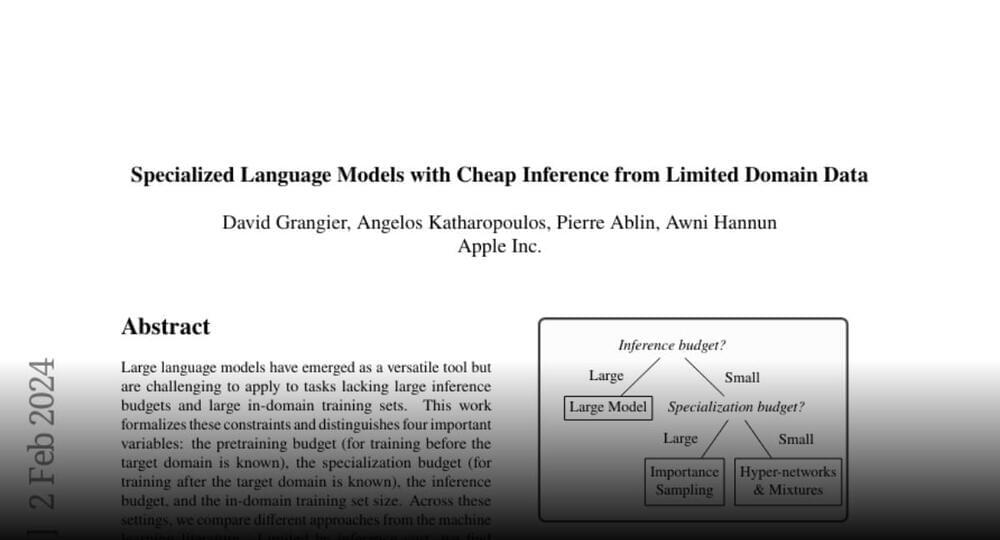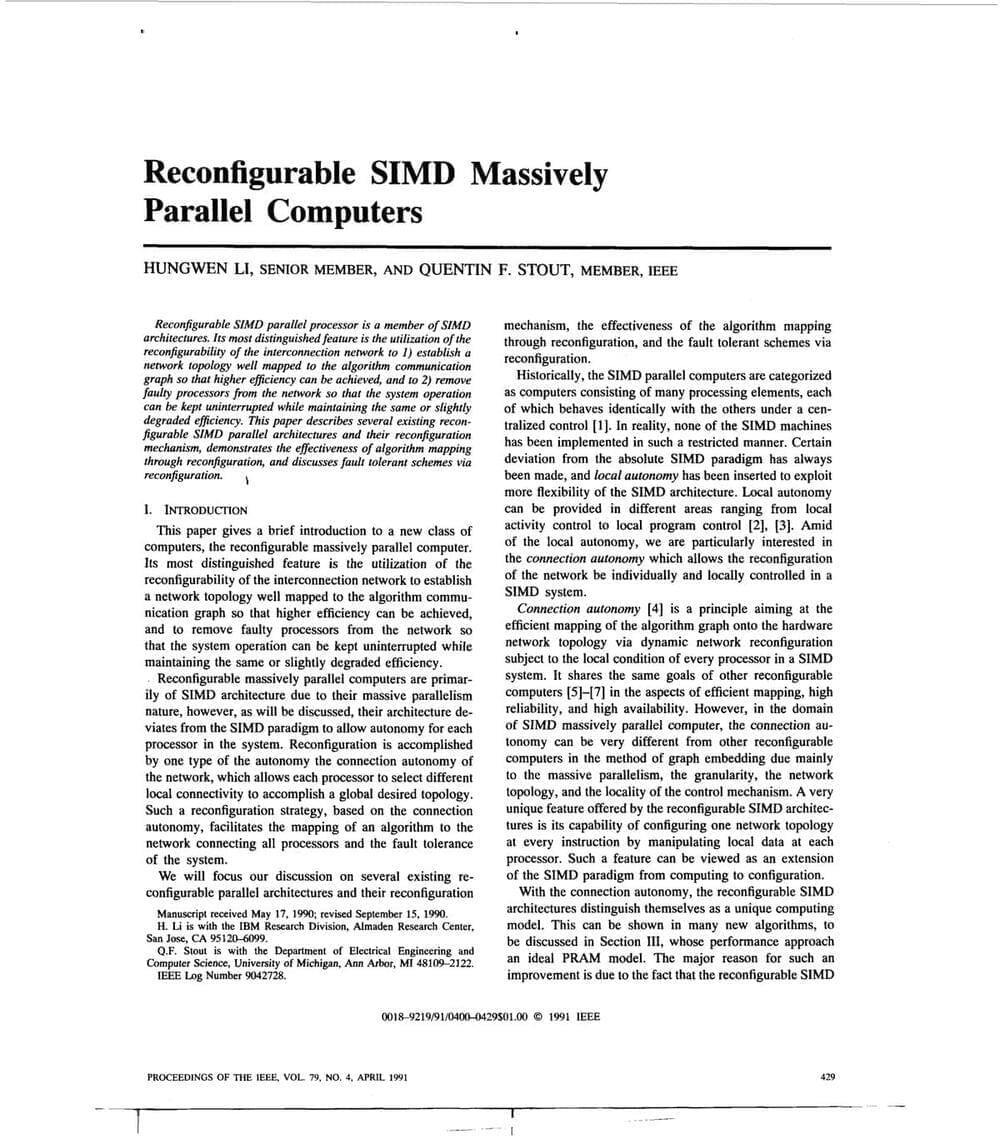🧠 🔬 💡
Study reveals shared brain proteomic signatures in Alzheimer’s disease and epilepsy, suggesting common molecular mechanisms that could pave the way for unified therapeutic strategies.



The creation of an artificial intelligence (AI) system that can analyze retinal fundus images to detect chronic kidney disease (CKD) and type 2 diabetes mellitus (T2DM) represents a groundbreaking advancement in medical technology. This AI model, developed using a substantial dataset of retinal images and advanced convolutional neural networks, has demonstrated exceptional accuracy in identifying these conditions. Its capability extends beyond mere detection, as it also shows promise in predicting the progression of these diseases based on retinal imaging and clinical metadata.
A notable innovation of this AI system is its ability to analyze smartphone images. This feature significantly enhances the accessibility of sophisticated diagnostic tools, especially in regions with limited healthcare resources. The AI model paves the way for more widespread and convenient health screenings by enabling ubiquitous smartphone technology for medical imaging. This development is particularly impactful in enhancing healthcare delivery and access, as it brings critical diagnostic capabilities into the hands of more people, even in remote or underserved areas.
The AI’s proficiency in predicting the future development of CKD and T2DM is another aspect of its novelty. This predictive ability is crucial for timely intervention, potentially altering the trajectory of these chronic illnesses. Early detection and management are vital in battling CKD and T2DM, and this AI model’s predictive power could significantly improve patient outcomes.

https://youtu.be/tLtbWNi-Cgc?si=3i8BqTCAodSKnpkc
Micro Electro Mechanical Systems (MEMS) are miniature devices that integrate mechanical elements, sensors, actuators, and electronics on a single silicon chip. These systems serve diverse applications, such as accelerometers in smartphones, gyroscopes in navigation systems, and pressure sensors in medical devices. MEMS devices can detect and respond to environmental changes, enabling the creation of smart, responsive technologies. Their small size, low power consumption, and ability to perform various functions make MEMS crucial in fields like telecommunications, healthcare, automotive, and consumer electronics. Learn more about this tiny machines with this video!
#science #technology #microscopic #nanotechnology #robotics #engineering


Californian students from the Art Center College had to imagine four concepts of cars of the future for Lincoln, by 2040. One of them, a four-seater sedan, was entitled to the realization of its 1:1 scale model, presented during Monterey Car Week, completed this weekend. Connected, autonomous, shared (“shared”), and electric, as suggested by the acronym “CASE” used by Ford’s luxury brand, which is found in this sedan called “Anniversary”


Drugs known as antidepressants target the serotonin transporter in nerve cells and are among the most commonly prescribed medicines worldwide, but are sometimes associated with significant side effects. As part of a study, a research group led by Thomas Stockner from MedUni Vienna identified the basic principles of serotonin transport and thus created a possible basis for the development of novel drugs with improved selectivity and with fewer undesirable effects. The results were recently published in the renowned scientific journal “Nature Communications”
While the desired effects of drugs unfold through the interaction with the relevant target structures, the undesirable side effects are often due to a lack of selectivity and therefore due to interactions with other target structures. Accordingly, developing drugs that can differentiate between the various physiologically relevant targets (e.g. transporters and receptors) is one of the challenges for research. A team led by Ralph Gradisch under the supervision of Thomas Stockner from MedUni Vienna’s Center for Physiology and Pharmacology set out to find a way to increase selectivity for the serotonin transporter while reducing interaction with other targets at nerve cells in the brain.

Dr. Janice Brahney: “Only recently have we started to see troubling outbreaks of toxic algal blooms in mountain environments. So, these changes are happening fast and are really concerning. It’s important we get to the bottom of this.”
What impact does atmospheric dust have on algae? This is what a recent study published in Global Change Biology hopes to address as a team of researchers from Utah State University (USU) investigated how increased dust concentrations in the Earth’s atmosphere could lead to larger algae blooms, impacting life on both land and in the oceans. This study holds the potential to help scientists better understand the acceptable amounts of dust and algae on the Earth and their impact on aquatic life, specifically in mountain ranges across the globe. The reason mountain headwater regions were the focus of the study was because they provide approximately 50% of the world’s population with fresh water.
“Only recently have we started to see troubling outbreaks of toxic algal blooms in mountain environments,” said Dr. Janice Brahney, who is an associate professor in the Watershed Sciences Department at USU and a co-author on the study. “So, these changes are happening fast and are really concerning. It’s important we get to the bottom of this. Toxic blooms in mountain lakes like the ones we’ve seen recently in remote mountain lakes are unprecedented.”
For the study, the researchers compared algae blooms and supplemented this with computer models to ascertain how atmospheric dust raining down onto the planet could impact aquatic communities, specifically with mountainous regions across the globe. In the end, the researchers found that increased atmospheric dust deposits not only increase algae populations, but also increase their tolerances for increased temperatures and pH, which are considered significant climate change factors.